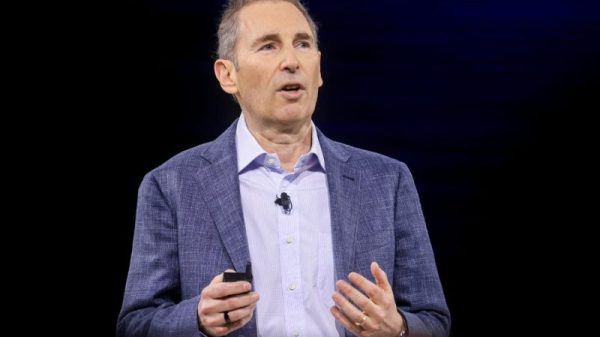Romina Boccia
The U.S. government budget is characterized by vast sums that are too abstract for most people to easily comprehend. This fact sheet translates the billions and trillions in government budget figures into terms that non‐experts can more directly relate to. The goal is to empower more Americans to speak out about the irresponsibility of government spending and borrowing and make their voices heard.
While federal government finances have some unique features that make the federal budget unlike any American household budget, putting government spending and borrowing in terms of their cost per household will illustrate just how out of balance the federal budget is and why a course correction is both necessary and urgent.
U.S. government debt is too high and growing too fast.
Government debt is larger than all the goods and services produced by individuals and businesses in the United States in one year. If Congress decided to collect the money to pay off the debt next year, no American would have any income left to pay their rent, buy food, or for anything else, for a whole year.
If we split government debt among all American households, each would owe $194,000 this year. If we waited 30 years and then split government debt among all households, each would owe $696,000.
Economic researchers have found that countries that borrow as much as the U.S. government do experience negative effects, such as lower economic growth, reduced incomes for their population, and higher interest rates that affect everything from mortgages to auto loans. If government debt grows too far out of control, countries can face a so‐called fiscal crisis, which could affect people worse than the 2008 financial crisis or Great Recession. Banks could collapse, people would lose their jobs, and everyday goods and services would become unaffordable.
The government budget is irresponsibly out of balance.
If any typical American family spent and borrowed like the federal government does, this family would spend $100,000 a year, despite only earning $78,000. This family would borrow the additional $22,000 in one year, on top of having already borrowed more than $400,000 in total.
That’s one way to think about the federal government spending $6.3 trillion in 2022, after collecting only $4.9 trillion in taxes, and putting the additional $1.4 trillion on top of the $22.3 trillion U.S. public debt.
Of every $10 the government spends, more than $7 is spent on autopilot, without members of Congress having to vote before spending that money. Congress only votes on how to spend $3 of every $10.
Download a printable PDF version of this fact sheet here.


























